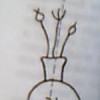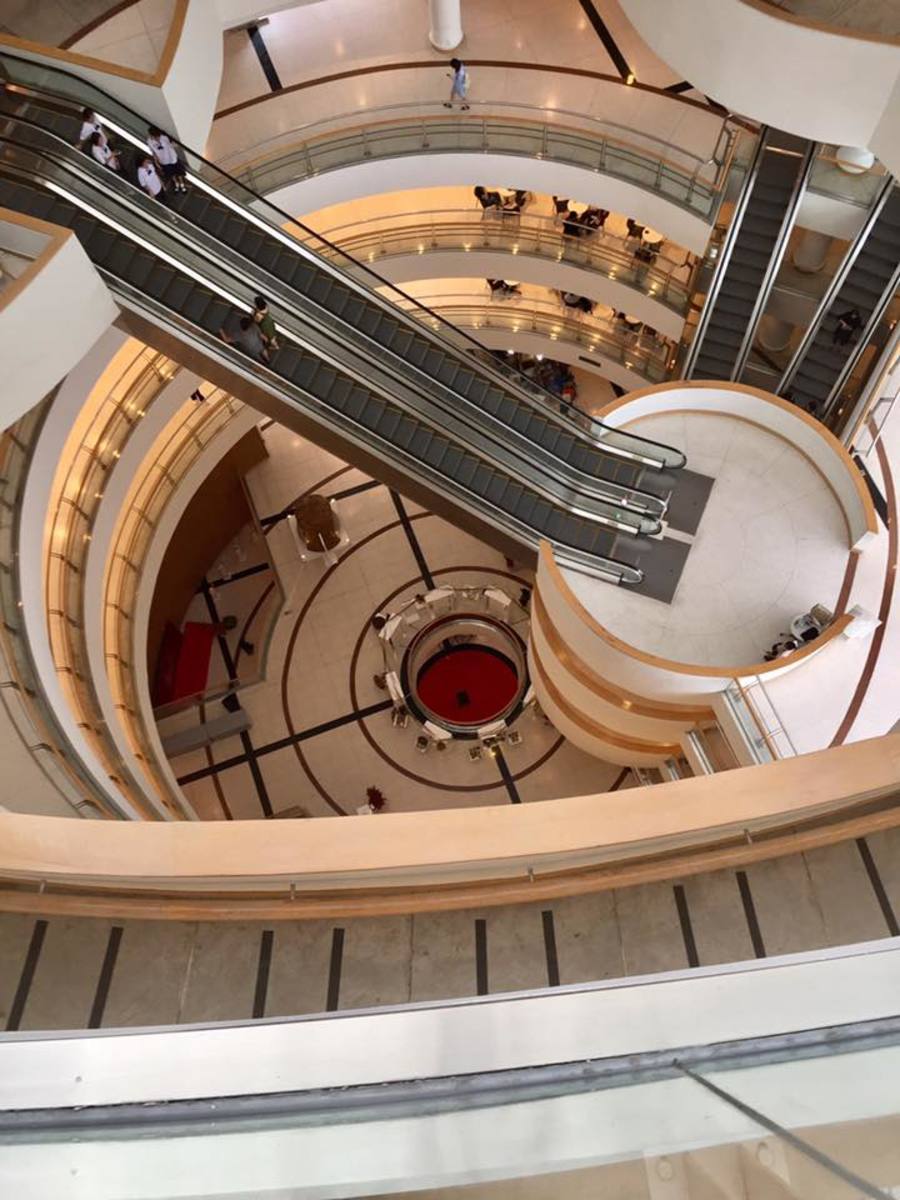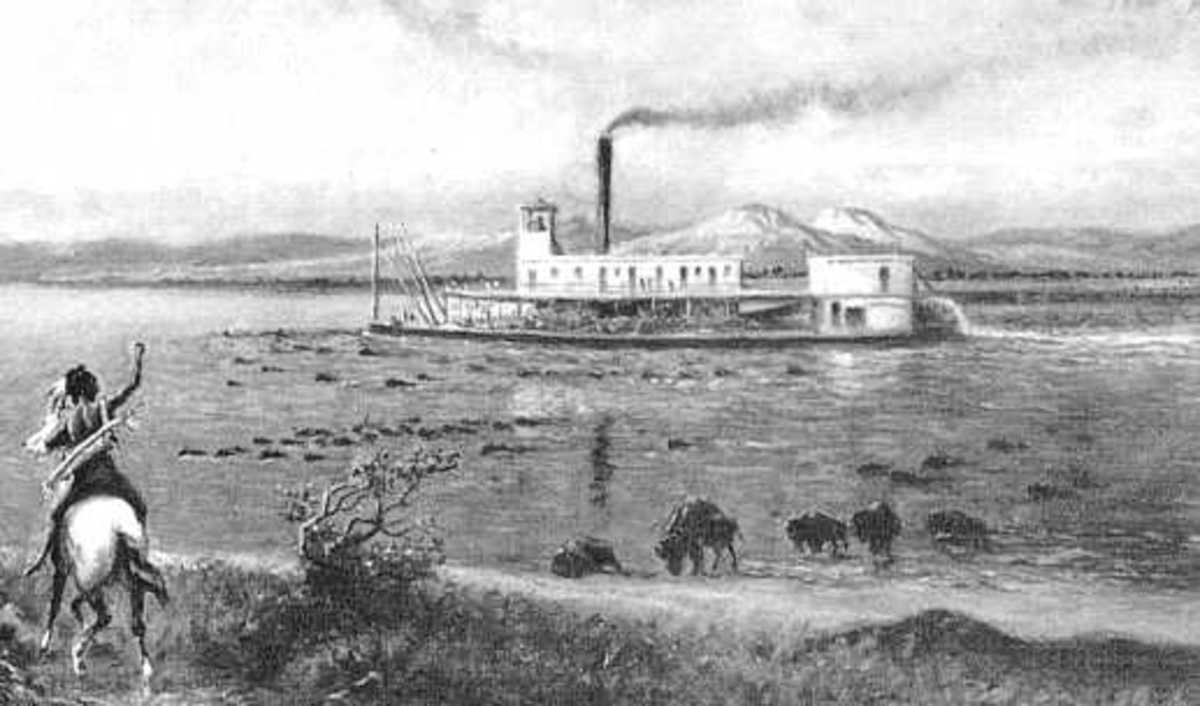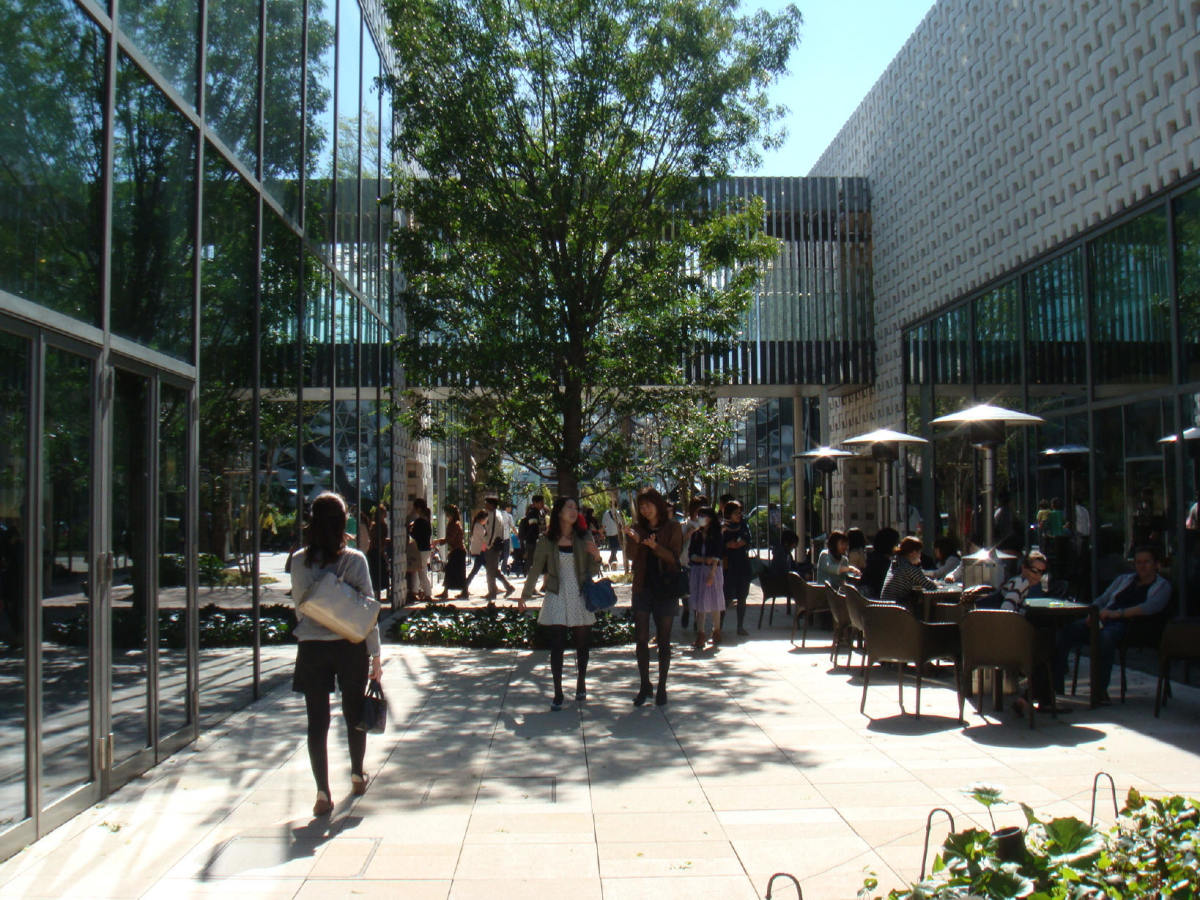- HubPages»
- Travel and Places»
- Visiting Asia»
- Central Asia
Treasures from Tajik museum
Treasures from Tajik Museum of Ethnography.
A former republic of the Soviet Union and now an independent country located in Central Asia, Tajikistan is currently leaning towards growth and stability. A mountain country with deep historical roots, Tajikistan is assimilating into the general context of world civilization with its specific characteristics of culture, traditions and way of life. For the sake of future generations, it is necessary to preserve artistic trends of Tajikistan in order to connect past history with the future. Researching and publishing works on the Tajik art and culture pays the appropriate tribute to the phenomenon of the Tajik people.
The earliest cultural artifacts, the so-called artifacts of the Gissar Neolithic, culture on the territory of Tajikistan date back to the Paleolithic, or Old Stone, Age. Settlements from the Bronze Age have been discovered in the Zeravshan Valley, near the Sarazm settlement.
The ancient period between the middle of the first millennium to the middle of the second millennium was the time of initial unification of the tribes living on the territory of modern Tajikistan. This historical period attracted quite a significant interest from archeologists.
Written sources attest to the middle part of the first millennium. Central Asia was then part of the Achaemenid Empire, defeated by Alexander the Great in the early 330 BCE. The southern territories of the country were taken over by the Greco-Bactrian government, the capital of which was located in the northern Afghanistan. The Temple of Oxus at the Takhti-Sangin settlement is a vivid example of symbiosis between the Hellenistic and local culture of the given historical period in the southern part of Tajikistan. The Uedji tribe or the Takhars had a devastating effect on the Greek-Bactrian culture – their rule over the land is characterized mostly by burial mounds of the 1st century BC – 1-2 centuries AD. Taking over large territories of the Ancient East, the Kushan tribe united and synthesized Ancient Indian and Central Asian cultures within confines of the Kushan Empire.
The 5--8 centuries welcomed development and formation of a new socio-economic society and regime, the time of class and feudal systems’ configuration. At this time, the southern regions of Tajikistan, under the rule of the Sassanid Empire, had experienced the Ephtalid invasion. Undoubtedly, the political turmoil found its place in the art and culture of the country. In the early medieval era, southern parts of Tajikistan belonged to the northern Tokharistan, the eastern part of Zeravshan was part of the Sogd territories, and northern Tajikistan was split between Ustrushana, Fergana and Ilak.
Feodal castles -- artifacts of that era – have been found in Western Fergana, suburbs of Shakhristan, Zeravshan valley and in the south of the country.
Sogd played a leading role in the process of unification of the early medieval culture of Central Asia; other examples are seen in the architectural finds, sculpture and painting of Ustrushana and northern Tokharistan. Sogdian language was the primary mode of communication in Central Asia.
In the last decades of the 8 – beginning of the 9 century, a new religion was gaining popularity. Islam brought not only new holy books, but also a new written language, a new calendar, and a new educational system. Sogdian, Bactrian, and other languages of Central Asia were replaced by Tajik and Dari languages. A new ethnicity, Tajiks, was formed. Ancient Tajikistan entered Arabic Halifat, forcing local culture into the height of its power; Ferdowsi and Avicenna are still highly revered as treasures of world literature.
Samanids were replaced by Karakhanids; progressive development of the peoples of Central Asia was interrupted by the Genghis Khan’s invasion in the 1220s.
In the 14-15 centuries, art and culture again experienced a period of growth, characterized by a well-honed art of ornamentation, elements of décor in architecture and jewelry. The artifacts of Huttal show liaisons with Ghaznavid art, Zarevshan’s methods of wood carving follow Sogdian traditions, while the artistic metalwork of northern Tajikistan is influenced by the masters of the Near East.
From 1500 until 1920, most of the contemporary Tajikistan territories were part of the Bukharian khanate, and later in 1785, of the Bukhar Emirate. In 1868, the emirate was invaded by Russia; in 1924, the Bukharan People’s Soviet Republic became a part of the Soviet Union. After the Soviet Union disintegrated in 1992, Tajikistan regained autonomy as an independent country in Central Asia. At each historical phase, the ideology and politics of the ruling parties were reflected in Tajikistan’s art and culture. Now the independent country of Tajikistan faces the future, resting upon ancient roots, culture and traditions of the Tajik people.
The Ethnography Museum of the A. Donish’s Institute of History (a branch of the Tajikistan’s Academy of Sciences) holds a unique collection of jewelry of Central Asia from the 19--20 centuries. Many significant researchers worked on this collection, among them ethnographers A.K. Pisarchik, B.Kh. Karmysheva, N.N. Ershov, M. Khamidzhanova, T. Mezurnova, Z. Shirokova, and other members of the museum staff and the Ethnography Institute.
For instance, the museum’s collection of earrings that in 1990 contained over three hundred items was built mostly through expeditions to different areas at different times, starting from 1948 up until 1990 (which marks the beginning of the civil war in Tajikistan).
One of the most ancient crafts, the art of jewelry making, looks back at a thousand years of development. The skill of jewelry making was passed from generation to generation, enriching the resulting works of art with the profound artistic experience of the people.
Having undergone a number of symbolic and semantic transformations, items of jewelry retained their protective function up until the 20 century. Apotropaic artifacts adorned people’s heads, ears, arms, chests, and clothes. Thus, we classify jewelry by head, neck, arm and clothing adornments.





